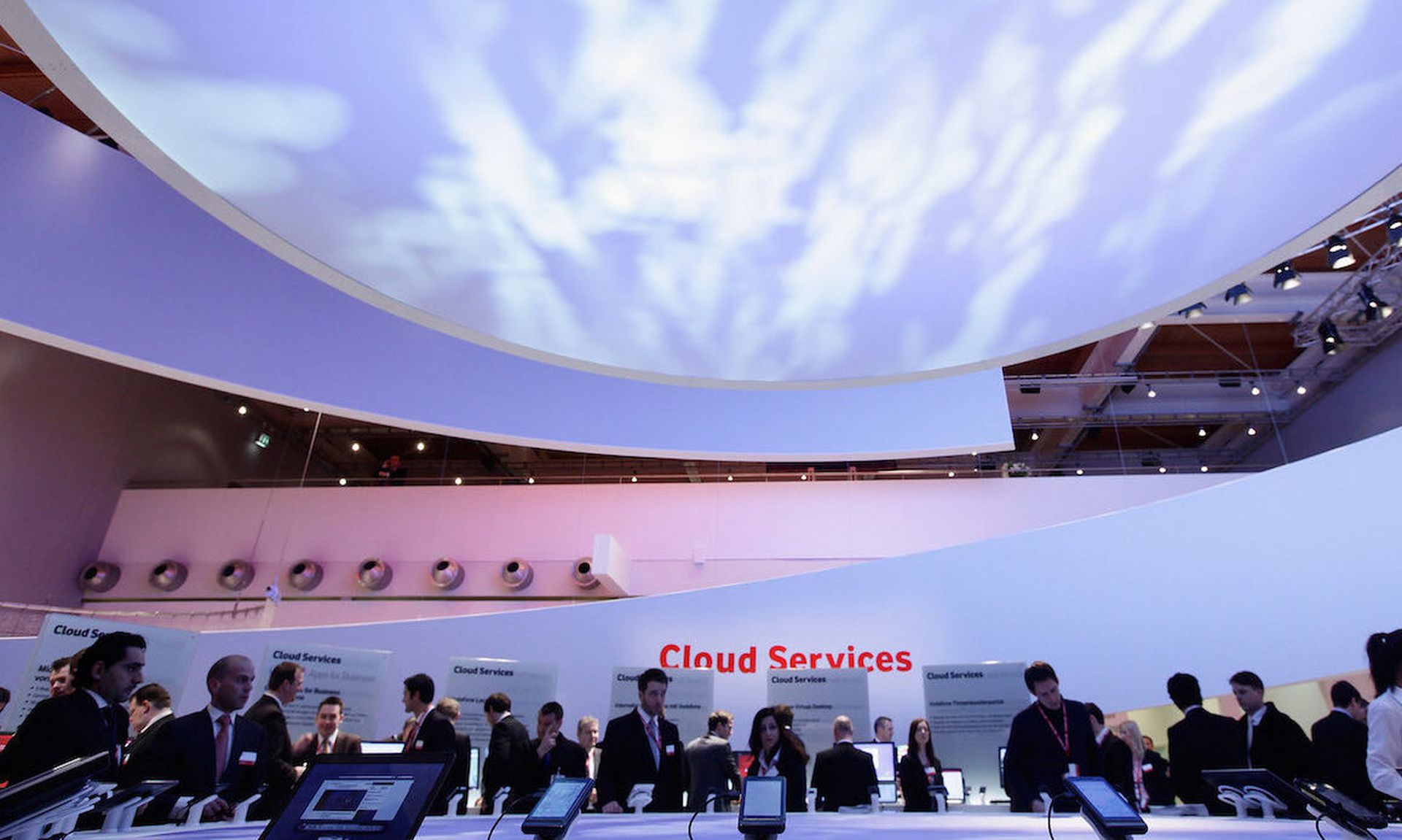Infoblox on Tuesday announced its Infoblox 3.0 cloud-first platform that integrates its legacy networking and security products with an organization’s on-premises data center, cloud providers, and remote offices so security and network administrators can have access to all available DNS, DHCP and IP Address Management (IPAM) information.
The combination of all three pieces of information runs on DDI (DNS, DHCP, IPAM) technology, which delivers this granular data to administrators so they can solve networking and security issues.
Here’s the problem they were looking to solve: Most organizations moved to work-from-home (WFH) setups during the pandemic, situations that won’t get reversed overnight. The WFH employees connected over the Internet, which made communications less secure than in the data center. Organizations also moved to multiple cloud environments. Each organization may have clouds running in AWS, Microsoft Azure, and the Google Cloud.
So with less secure communications and multiple clouds, organizations lost control and visibility into all the DDI information. Administrators didn’t have access to the DDI information for home workers, and there was no easy way to get it from the cloud providers either. What they needed was a way to integrate the data center, public clouds, and remote offices so when users call in with support issues, the administrators have visibility into the information they need to solve problems.
“What’s new here is the tighter integration between all three environments,” said Anthony James, vice president of product marketing. “In the past, we did have some integration, but now there’s more seamless integration. We’re trying to give a centralized DDI and security for all three environments.”
James said Infoblox customers have had its NIOS on-premises DDI solution for many years and may have even had its cloud platform BloxOne DDI and even the BloxOne ThreatDefense security product. Now they can configure it so that customers can tightly integrate NIOS DDI on-premises, have a Virtual NIOS (vNIOS) at the cloud provider that sends back the DDI info to the data center and BloxOne DDI in the cloud for remote offices (which also sends back DDI info) while also having the underlying security platform tightly integrated.
“Infoblox has been the DDI market leader since it pioneered this space back when network servers sat in closets on corporate campuses,” says Rohit Mehra, vice president, network infrastructure at IDC. “Infoblox 3.0 is the culmination of the company's work building out its BloxOne cloud-first platforms. Connecting the on-premises DDI capabilities of NIOS to BloxOne DDI and BloxOne Threat Defense lets customers build the hybrid and cloud-only DDI networks that modern enterprises need.”




